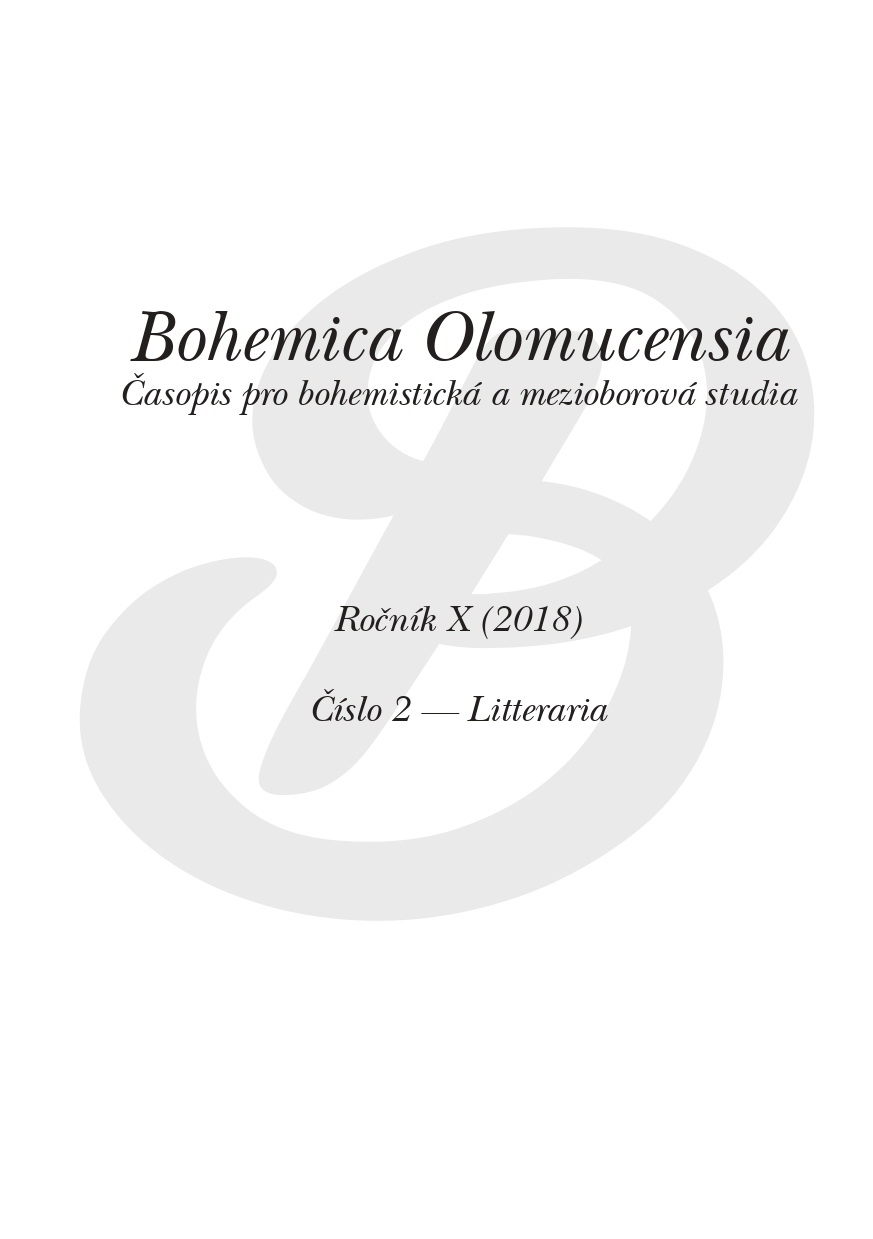Impresionisticko-luministicky laděný svět poezie Růženy Jesenské
Růžena Jesenska’s impressionistic and luministic world of poetry
Author(s): Ilona Gwóźdź-SzewczenkováSubject(s): Language and Literature Studies, Czech Literature
Published by: Univerzita Palackého v Olomouci
Keywords: Impressionism; protoimpressionism; luminism; modernism; Czech poetry
Summary/Abstract: Růžena Jesenská is a figure who is almost non-existent in the Czech history of literature. Most often she is only mentioned in the anecdotes about Milena Jesenská to whom she was related. The fact that there are reliable analyses devoted to the works of this writer is even more surprising when we take a look at her numerous works, high writing skills and the themes she touched upon. Růžena Jesenská’s works include all literary genre and are addressed to various audiences. This study focuses on the issue of the writer’s lyric techniques. Examining the lyric works, spanning over more than 50 years, is a real challenge especially given the fact that regarding its time span, it includes different (and often opposing) poetological canons. Its roots are to be found in the epoch of realism whereas the last works were published in the heyday of the avant-garde. However, what can be noticed in Jesenská’s works is also the influence of protoimpressionism, which puts her in the broader tendency of artistic expression of the poetry of the 1880s. Hypotyposis, emotionality and romantic aura are the most significant exponents of Jesenská’s poetic idiostyle which influenced the manner of composing the represented world. In her poetry and following other impressionists, Růžena Jesenská – like a painter – wished to reveal the represented world through the senses and then to saturate it with the psychological content of the subject. This was manifested in trying to subjectively capture the unrepeatable and atypical impressions through the colourful articulation which transferred the emotional and feeling states. The creation of the represented world is thus not an aim in itself nor a decorative manner. Imagery is just a reason for exposing the internal world of the lyrical subject.
Journal: Bohemica Olomucensia
- Issue Year: 10/2018
- Issue No: 2
- Page Range: 44-60
- Page Count: 17
- Language: Czech

